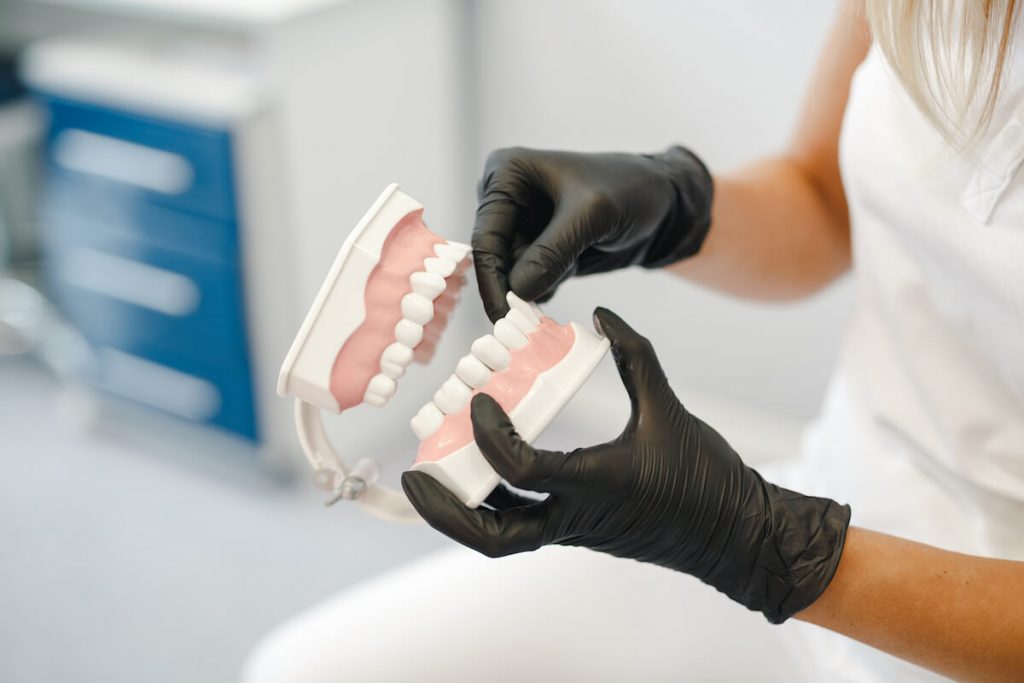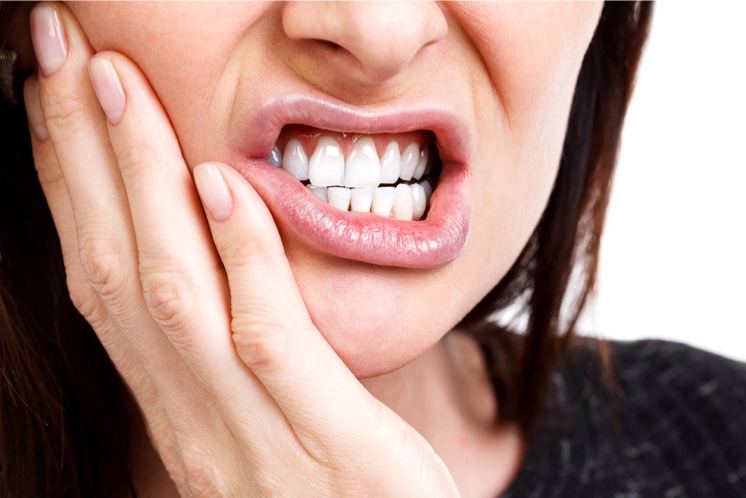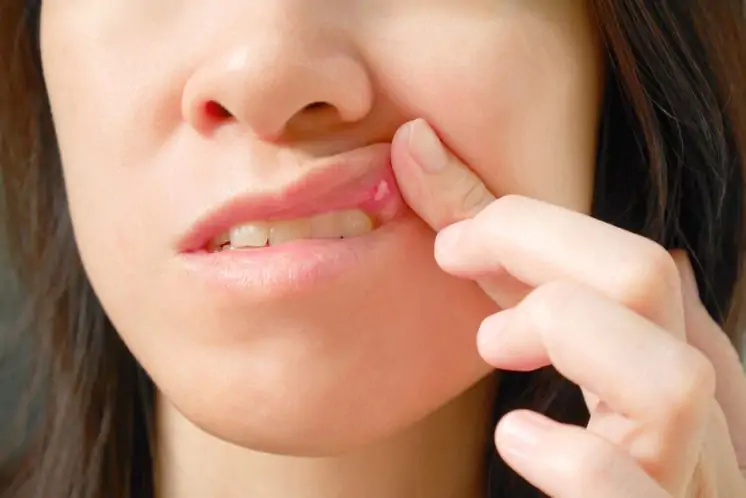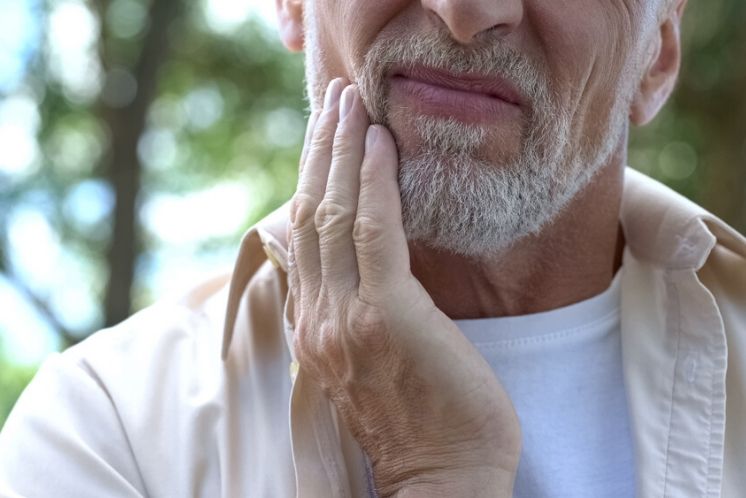Solutions for tooth decay and how to prevent it

Dental wear and tear is described as the progressive loss of the surface area of a tooth, due to actions other than tooth decay and occlusive trauma. It increases with age and there is a greater prevalence of wear and tear in men than in women.
The amount of dental wear and tear currently observed is considerably greater than in the past, due to the fact that it is increasingly common to reach old age with a higher number of natural teeth.
What causes dental wear and tear
Wear and tear is caused by three phenomena: erosion, attrition and abrasion.
- Erosion: The progressive loss of dental surface due to a chemical or acid dissolution – no bacteria are involved. Dental enamel is normally eroded mainly as a result of a too frequent or inappropriate use of fizzy drinks and fruit juices with high levels of acidity. Erosion is also a problem in people that suffer from gastro-oesophageal reflux, due to certain food disorders, such as anorexia or bulimia.
- Attrition: The progressive loss of the hard surface of teeth, caused by chewing or the grinding of opposing or antagonist teeth. The degree of wear and tear will depend on the use that each person makes of their teeth. For example, it will increase in people that suffer bruxism or people that have a particularly fibrous diet.
- Abrasion: The progressive loss of dental enamel caused by mechanical actions other than chewing or contact between teeth. Abrasion is commonly associated with an incorrect teeth brushing technique, which gives rise to slots in the union of the crown and the root of the teeth. It will also be seen in people that use their teeth as a tool, for example, to remove the lids off bottles or to hold pins, clips or nails.
What prevents dental wear and tear
As the main prevention measures of importance is the reduction in the frequency of the consumption of fizzy drinks and fruit juices with high acidity levels.
Teeth brushing must be avoided immediately after the consumption of acidic foods and drinks, since the acid weakens the enamel and makes it susceptible to damage due to brushing. In turn, it is advisable to use scantly abrasive toothpaste if we are prone to wear and tear.
In the case of bruxism, the treatment usually requires the use of a stress-breaker mouth guard during sleep.
Abrasion can be reduced by adopting a correct brushing technique. Also, teeth must not be used as a tool to grab or hold objects.
Lastly, as a preventive measure, it is recommendable to visit the dentist for a six-monthly check-up. In this way, dental wear and tear can be detected in time and the odontologistt will offer the tips and/or treatments necessary in each particular case.
Treatments if wear and tear already exist
If the problem has progressed until the point that most of the tooth has been worn down, the treatment may be necessary to avoid greater damage to the tooth, reduce sensitivity and avoid damage to the nerve.
There are many restoration techniques available for those cases, depending on the degree of wear and tear, which range from a simple reconstruction with refill materials to the placement of veneers teeth or crowns.
Refill materials such as compound resin, glass ionomer, ceramic or zirconium mean that the repair of the tooth has a natural aspect, and it is an imperceptible treatment.
Also, veneers teeth are usually placed on the teeth situated at the front. Manufactured in porcelain, they require a very small structure of the tooth to be placed. An easy manufacturing alternative, which grants a perfect aesthetic aspect.








